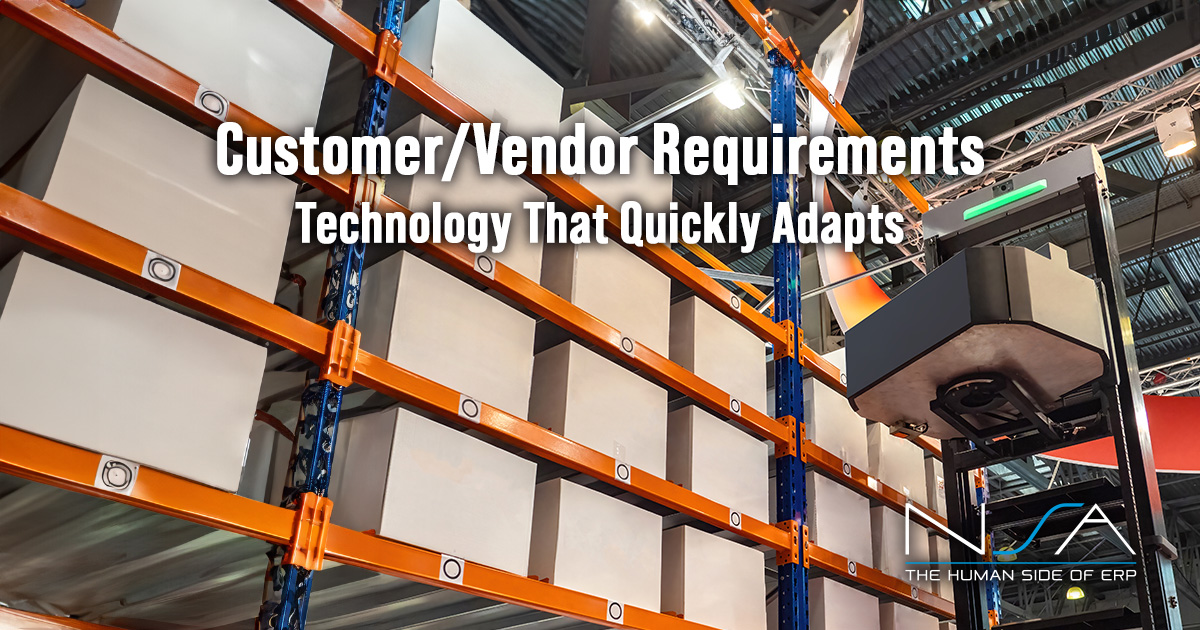An Enterprise Resource Planning (ERP) solution is a useful investment for businesses of all sizes. When managed and deployed well, a solid ERP solution will give a company better insight into enterprise information on a large scale, aid in informed management decision making and ensure timely availability of critical enterprise applications to corporate users. In many cases, companies may be running separate ERP systems in different divisions.
Running separate ERP systems is less efficient because while it gives the organization a good picture of each division, it is not an effective method of optimizing performance across all operations and zeroing in on where operations can be improved. This is why we recommend the implementation of a centralized ERP solution throughout the company. Below we discuss in more detail how to implement a centralized ERP solution across an organization, step by step.
- Outline the plan for a centralized ERP solution
It is important when you are about to initiate a new project that an end-to-end process is outlined. The technology that is going to be used must be determined as well as what method of communication will be used with employees. Assign a project team so that a dialogue about the scope of the project will be opened, stakeholders get involved and KPIs are set to determine the project’s output requirements.
- Prepare the solution
Next, review what you do currently and agree on the future procedures as required. Specifying new interfaces and determining the transformation needs at his point will lead to early testing of the interface units. It is critical that the centralized ERP solution design fulfills the needs of the business on every single level.
- Set up the centralized ERP solution
Once the centralized ERP solution is decided upon, an end-to-end test of the processes must be conducted as part of an application solution test. This generally requires sample volume testing, sometimes from different departments to ensure the consistency of functionality and capabilities of reporting.
- Put the centralized ERP solution into action
At this point, there will be full solution testing and training of users in the new technology. By engaging in end-user training, employees will be ready when the solution goes live. This ensures a seamless transition that will not affect daily business practices.
- Go Live
The final step is to go live with the centralized ERP solution. Now you can apply the test configuration to the real life environment, start the management from the very beginning, and rigorously monitor and evaluate performance levels with advanced business intelligence tools.
Your organization will now be able to manage data in a more secure way with only one ERP solution, since there is no need to transfer data from system to system throughout multiple departments.
Contact us with any questions you have about establishing a centralized ERP solution for your organization. Our knowledgeable staff is here to help!



